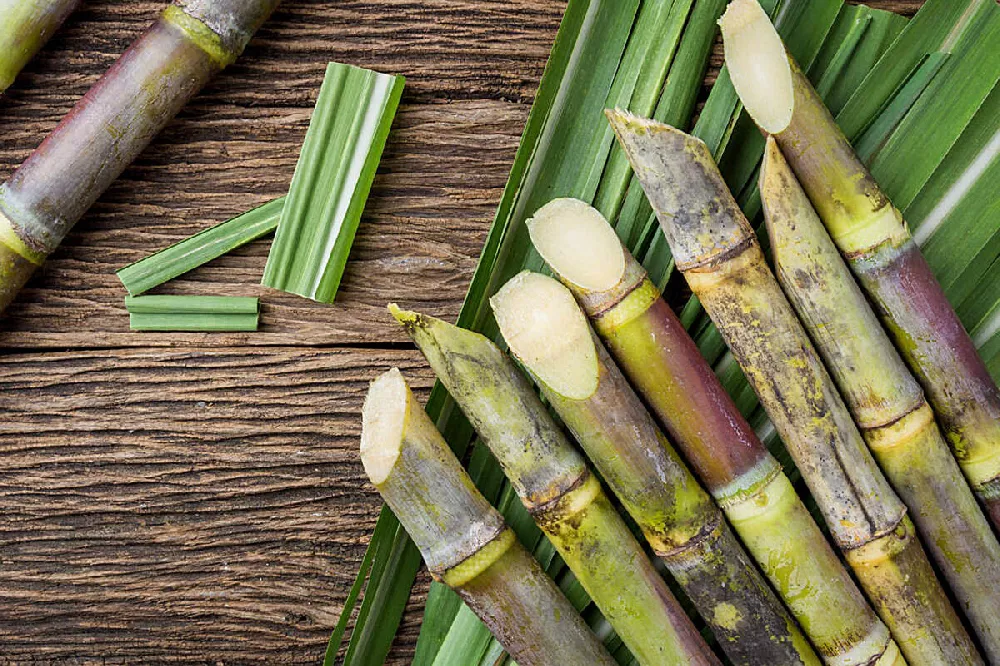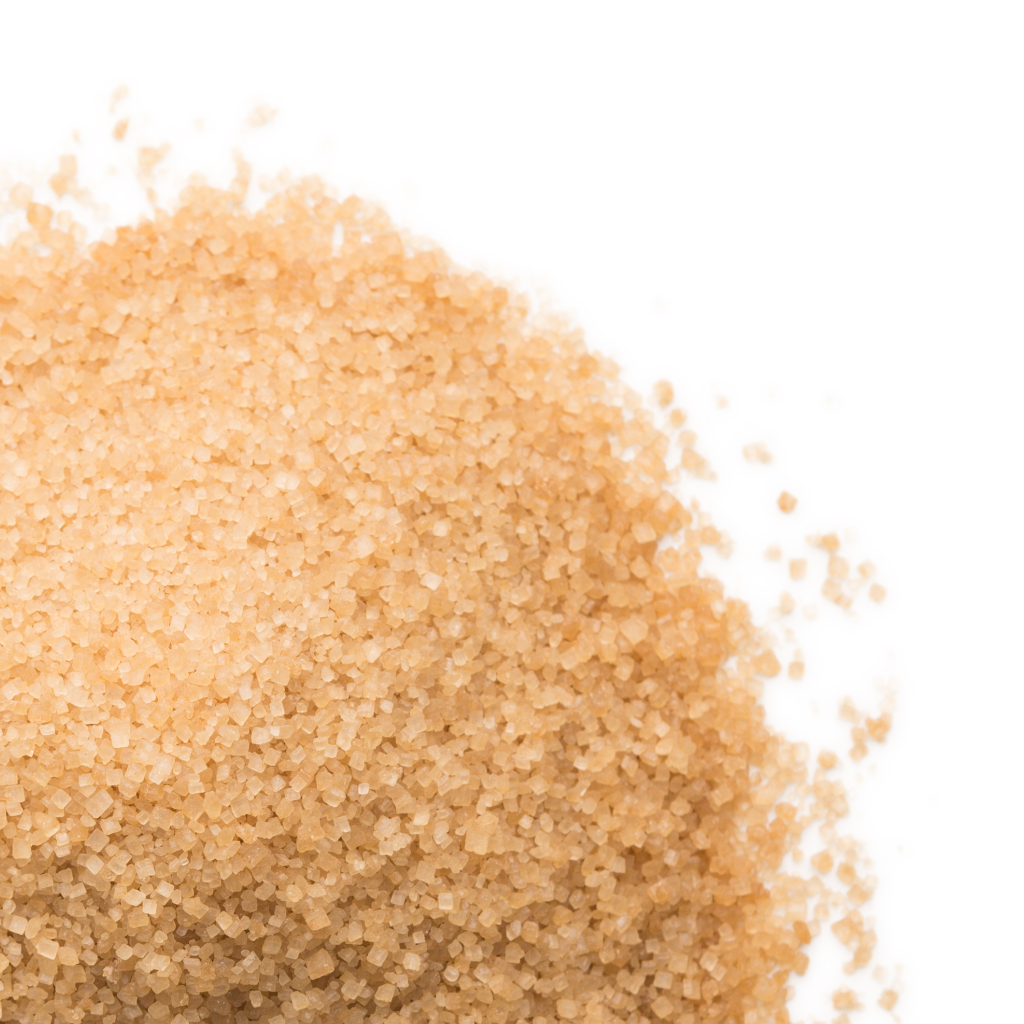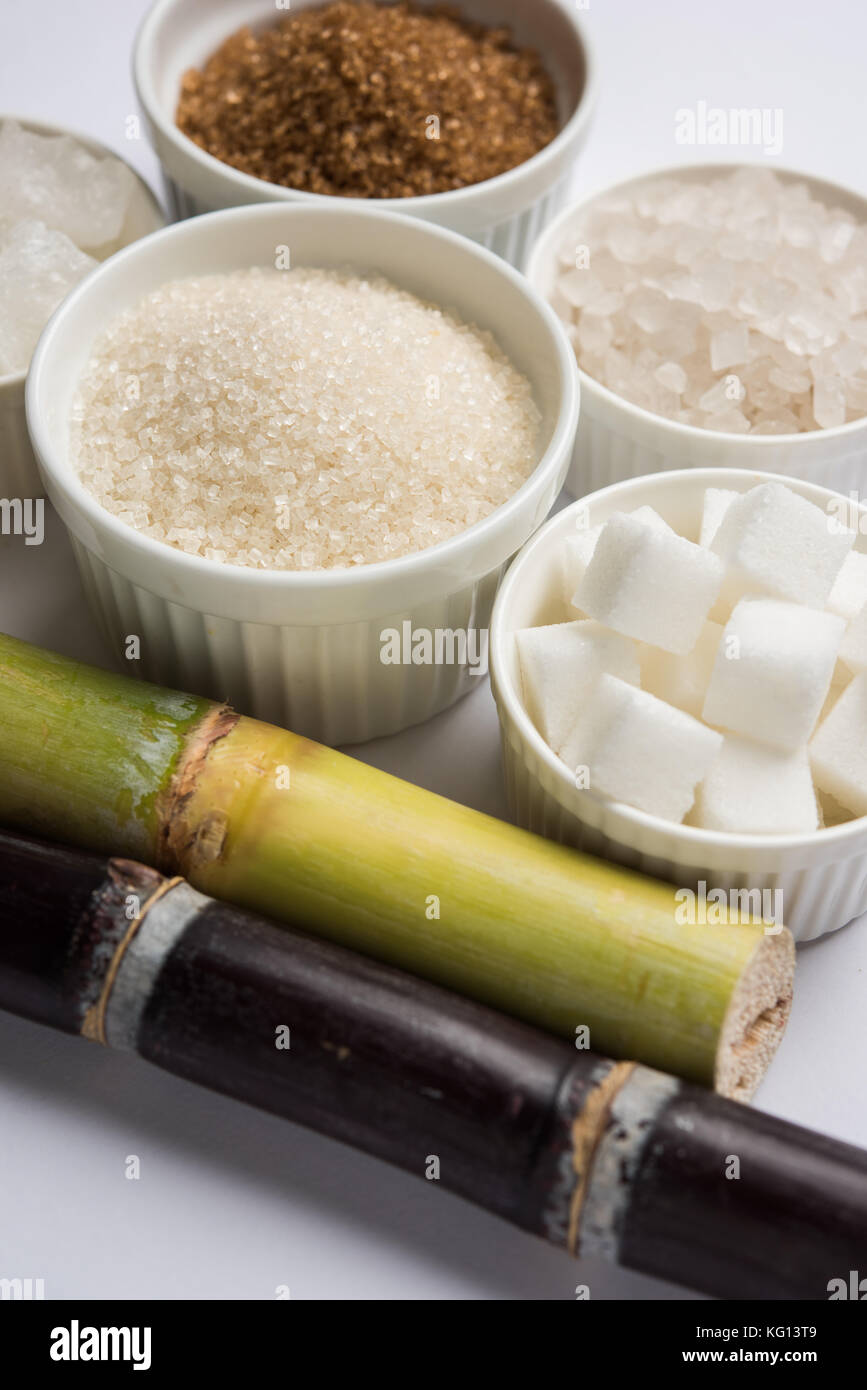More Than Just Sugar: Diverse Uses of sugar cane products
A Deep Study Sugar Cane: Insights on Production, Material, and Item Growth
Sugar cane plays a critical duty in agriculture, underpinning economic climates in tropical areas. Its cultivation entails complex processes influenced by numerous ecological aspects. Nevertheless, farmers deal with considerable difficulties, consisting of environment change and market changes. Advancements in item advancement are arising in feedback to advancing customer demands. Understanding these dynamics is important for comprehending the future of this vital crop and its influence on worldwide markets. What exists in advance for sugar cane and its myriad applications?
The Significance of Sugar Cane in Global Farming
Sugar cane offers as a crucial plant in international agriculture, underpinning economic climates and food systems in several exotic regions. This functional plant is largely cultivated for its high sucrose material, which is fine-tuned into sugar, a staple active ingredient in numerous food items. Beyond sweetening, sugar cane is also vital for producing biofuels, specifically ethanol, adding to power sustainability.The financial value of sugar cane encompasses employment, offering incomes for numerous farmers and employees in handling facilities. In several nations, sugar cane growing and handling represent substantial sections of agricultural GDP, influencing profession equilibriums and regional development.Additionally, sugar cane's flexibility to different environments boosts its relevance as a crop, making sure regular supply in global markets. Its spin-offs, including molasses and bagasse, even more diversify its energy, making it a crucial component in food, power, and market. In general, sugar cane stays a keystone of agricultural productivity worldwide.
Growing Processes: From Growing to Harvest
Growing sugar cane entails a series of well-defined procedures that guarantee perfect growth and return. The cultivation starts with land preparation, where the soil is tilled to safeguard optimum aeration and drain. Following this, seed cane, which consists of fully grown stalks, is chosen and cut into sections (sugar cane products). These sections are after that planted in furrows, guaranteeing correct spacing to permit sunlight and nutrient access.Once planted, irrigation systems are employed to preserve sufficient moisture degrees, as sugar cane prospers in damp problems. Weeding and bug monitoring are essential during the expanding duration to minimize competitors for resources. Nutrient application, consisting of plant foods, supports durable growth. As the plants grow, keeping track of for diseases and pests continues.Harvesting generally takes place 10 to 24 months post-planting, depending on the range. The walking sticks are cut close to the ground, guaranteeing marginal waste, and are promptly delivered for processing to preserve sugar top quality
Geographic Distribution of Sugar Cane Production
The geographical distribution of sugar cane production is mainly formed by details climate and soil requirements. Major creating countries, such as Brazil, India, and China, take advantage of tropical and subtropical climates that support the crop's growth. Comprehending these variables offers insight into the global landscape of sugar cane cultivation.
Major Making Countries
Sugar cane is expanded in numerous regions worldwide, particular nations control production due to positive climates and agricultural practices - sugar cane products. Brazil leads the global market, making up around one-third of total production, many thanks to its extensive ranches and advanced growing methods. India follows as a significant producer, gaining from both beneficial weather and a big residential market. China and Thailand additionally rank amongst the top manufacturers, with reputable infrastructures sustaining their sugar sectors. Other significant factors consist of the United States, Mexico, and Australia, each leveraging their special farming systems to enhance output. These countries play a vital function in the sugar cane supply chain, influencing international rates and schedule
Environment and Dirt Requirements
Suitable environment and dirt problems are crucial for successful sugar cane production. Sugar cane grows in tropical and subtropical areas, needing warm temperatures between 20 ° C and 30 ° C (68 ° F to 86 ° F) These plants need abundant sunshine and rainfall, preferably between 1,500 to 2,500 millimeters annually, to ensure peak growth. The soil should be well-drained, abundant, and rich in natural matter, with a pH level ideally in between 5.5 and 8.5. Sandy loam or clay loam soils are especially helpful to sugar cane cultivation, providing necessary nutrients and drain. Geographic distribution is greatly affected by these aspects, with significant production locations situated in Brazil, India, and China, where environmental problems align with the plant's demands for development and yield.

Difficulties Faced by Sugar Cane Growers
Sugar cane cultivators run into significant difficulties that impact their livelihoods. Environment change presents uncertain weather patterns, affecting crop return and quality. Additionally, market rate volatility creates economic unpredictability, complicating lasting planning for these farming producers.
Climate Adjustment Impacts

How do climate adjustment impacts affect the viability of sugar cane cultivation? Climbing temperature levels and unpredictable weather patterns especially challenge sugar cane growers. Increased heat can lead to lowered yields, as the plants struggle to prosper in severe problems. Additionally, transformed rainfall patterns result in either dry spells or excessive flooding, both detrimental to plant health and wellness. Insects and conditions are likely to multiply in warmer environments, even more harmful production. Dirt degradation and salinization due to climbing sea degrees can diminish arable land. These weather adjustments urge cultivators to adapt their methods, often needing financial investment in brand-new technologies and durable plant selections. Eventually, the sustainability of sugar cane growing rests on addressing these Going Here climate tests efficiently.

Market Value Volatility
Market rate volatility presents significant obstacles for sugar cane cultivators, impacting their economic stability and preparation. Fluctuations in market value, driven by elements such as worldwide supply and need, weather, and federal government policies, produce unpredictability for producers. This changability makes it hard for cultivators to forecast incomes and manage operating budget successfully. Furthermore, when costs go down suddenly, lots of farmers might have a hard time to cover production expenses, resulting in potential monetary distress. To reduce these risks, some growers transform to agreements or hedging approaches, yet these solutions might not be available to all. Consequently, market value volatility continues to be a relentless problem, affecting the total sustainability and earnings of sugar cane farming.
Comprehending the Sugar Cane Supply Chain

Market Fads Affecting Sugar Cane Costs
The dynamics of sugar cane costs are affected by a variety of market patterns that mirror broader economic conditions and consumer actions. International need for sugar and sugar-related products plays a necessary role, with raising interest in organic and sustainably sourced products driving costs higher. Additionally, fluctuations in oil prices affect the cost of production and transport, additional affecting market rates. Climate patterns are another considerable factor; damaging problems can result in minimized returns and raised rates. Trade policies, tariffs, and global agreements also read what he said shape the market landscape, affecting supply chains and availability. Currency exchange rates can make complex worldwide trade, influencing costs for both exporters and importers. Ultimately, shifts in customer preferences toward healthier choices might alter demand patterns, developing a ripple result on sugar cane prices. For that reason, understanding these interconnected patterns is vital for stakeholders in the sugar market
Innovations in Sugar Cane Item Advancement
Numerous advancements in sugar cane item advancement are improving the sector and broadening its applications. Scientists are exploring alternate usages beyond traditional sugar, including biofuels, eco-friendly plastics, and health supplements. Developments in chemical handling methods have actually enhanced the extraction of useful substances such as antioxidants and vitamins from sugar cane, promoting its usage in useful foods.Additionally, the growth of genetically customized sugar cane ranges aims to enhance yield and resistance to pests, while likewise enhancing the nutritional profile of the plant. Developments in fermentation processes have actually led to the production of high-quality alcohols stemmed from sugar cane, appealing to a growing market for craft spirits.Moreover, sustainable methods in growing and processing are getting traction, with a focus on reducing environmental impacts. These advancements not only produce new market chances yet likewise promote a more sustainable method to sugar cane production, aligning with worldwide patterns towards green products.
Regularly Asked Inquiries
What Are the Ecological Effects of Sugar Cane Farming?
The environmental effects of sugar cane farming include deforestation, loss of biodiversity, water pollution from plant foods and chemicals, dirt deterioration, and greenhouse gas discharges, all of which significantly contribute to environmental inequalities and environment adjustment.
Exactly How Does Sugar Cane Cultivation Affect Resident Economies?
Sugar cane cultivation considerably influences neighborhood economic climates by developing tasks, boosting agricultural sectors, and creating income for farmers. It can also lead to economic dependence and variations based on market needs and ecological problems.
What Are the Main Pests and Diseases Affecting Sugar Cane?
The primary parasites impacting sugar cane consist of the sugarcane borer and aphids. Diseases such as red rot and smut considerably impact yield. Farmers need to implement incorporated parasite management methods to minimize these threats properly.
How Is Sugar Cane Processed Into Different Products?
Sugar cane handling involves squashing the stalks to extract juice, complied with by explanation, evaporation, and crystallization. This process yields raw sugar, molasses, and ethanol, each offering distinctive Visit Your URL objectives in different industries, from food to energy.
What Are the Nutritional Aspects of Sugar Cane?
The dietary aspects of sugar cane include important minerals and vitamins, specifically B vitamins, calcium, and iron. It likewise has fiber, though primarily made up of sucrose, which provides energy however lacks significant nutrients.